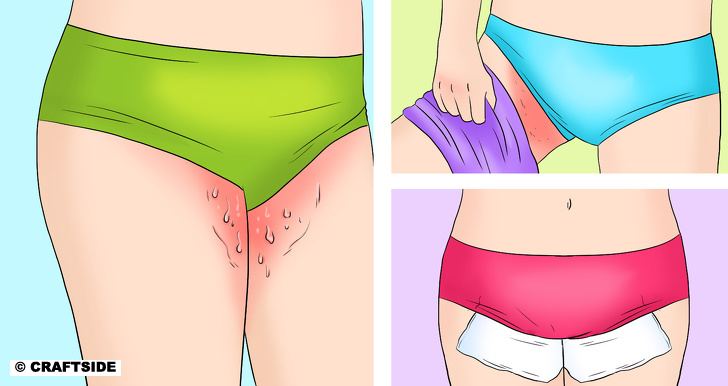Share this @internewscast.com
Skin fungus is not only unsightly but can also cause discomfort and itching. Many individuals are searching for natural, home-based treatments to combat fungal infections on the skin without resorting to expensive or harsh chemical medications. In this in-depth guide, we explore 7 home remedies for skin fungus that actually work. These remedies, backed by traditional use and supported by scientific insights, include turmeric, apple cider vinegar, neem leaf extracts, coconut oil, oregano oil, garlic, and tea tree oil. Additionally, we provide essential precautions and advice on what to do if you are already infected.
Turmeric: The Golden Spice with Potent Antifungal Properties
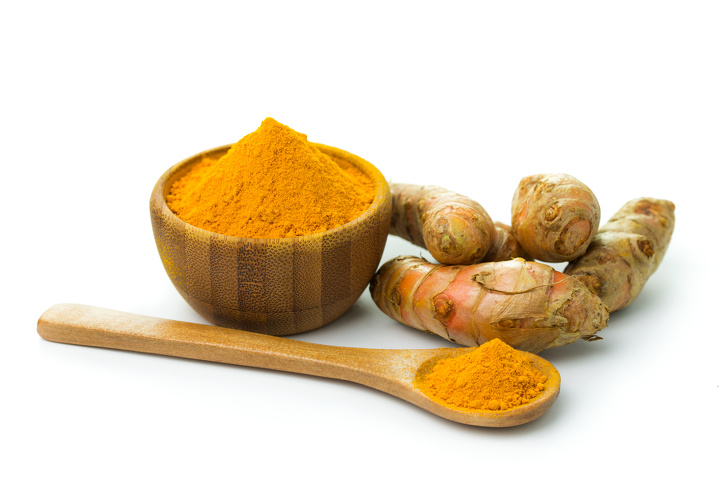
Turmeric is widely known for its anti-inflammatory and antioxidant benefits, and it also possesses strong antifungal properties. The active compound curcumin in turmeric helps inhibit the growth of fungi on the skin, making it an effective remedy for conditions such as athlete’s foot, ringworm, and other fungal infections.
How to Use Turmeric for Skin Fungus
To create a turmeric paste, mix turmeric powder with a small amount of water or coconut oil until you obtain a thick consistency. Apply the paste directly to the affected area and leave it on for 20 to 30 minutes before rinsing off with lukewarm water. For enhanced results, you can combine turmeric with other antifungal ingredients such as honey, which also has antimicrobial properties.
According to research discussed in PubMed, turmeric has demonstrated significant antifungal activity, making it a popular natural remedy for skin fungus. When used consistently, turmeric can help reduce inflammation, alleviate itching, and promote healing.
Apple Cider Vinegar: A Natural Antifungal Agent for Clear Skin
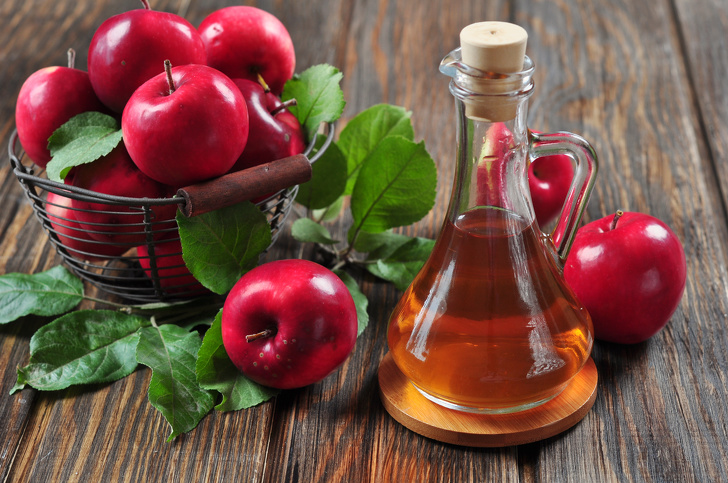
Apple cider vinegar (ACV) is another powerful home remedy for skin fungus due to its acetic acid content, which creates an environment that is hostile to fungal growth. ACV also helps restore the natural pH balance of your skin, making it less susceptible to infections.
How to Use Apple Cider Vinegar Effectively
Dilute apple cider vinegar with water in a 1:1 ratio and use a cotton ball to apply the solution to the affected area. Leave it on for 15 to 20 minutes before rinsing thoroughly. For severe infections, you may use the solution twice daily. Its antifungal properties are well documented in various studies, including those mentioned by Healthline.
Be cautious with ACV; its acidity can cause skin irritation if used undiluted or too frequently. Always perform a patch test before regular use to ensure your skin tolerates it.
Neem Leaf Extracts: Traditional Medicine for Modern Fungal Infections
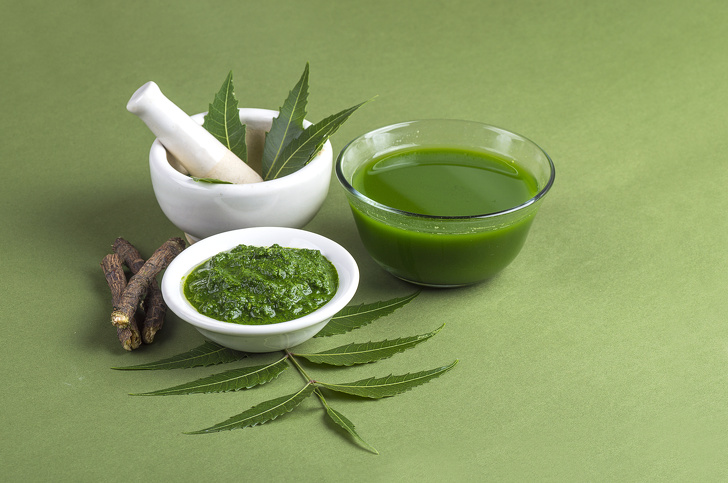
Neem, often referred to as “the village pharmacy,” has been used in traditional Ayurvedic medicine for centuries due to its antimicrobial, antifungal, and anti-inflammatory properties. Neem leaf extracts are highly effective in combating various skin infections, including fungal issues.
How to Apply Neem for Fungal Infections
You can create a neem paste by mixing neem powder with water or coconut oil. Alternatively, using neem oil diluted with a carrier oil such as olive or coconut oil can be applied directly to the affected areas. Neem not only helps clear the infection but also soothes the skin and reduces inflammation. For further reading, the National Center for Biotechnology Information (NCBI) provides studies that highlight neem’s antifungal properties.
Incorporate neem into your skincare regimen gradually, especially if you have sensitive skin, to prevent any potential irritation.
Coconut Oil: Moisturizing and Antifungal Benefits in One
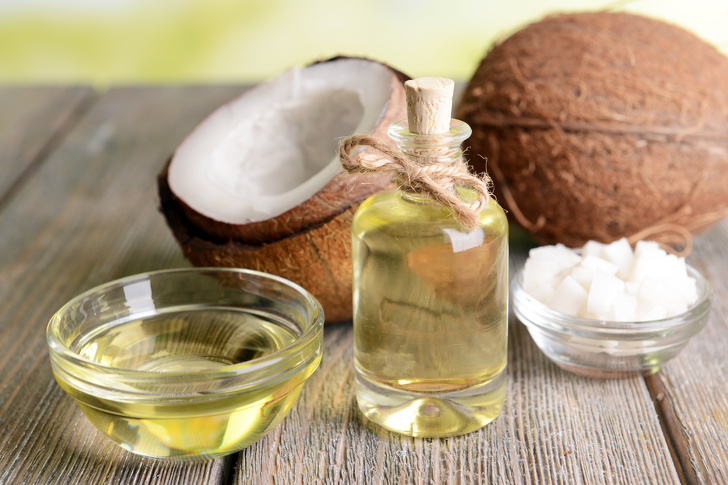
Coconut oil is celebrated for its moisturizing properties and its ability to fight various types of fungal infections. Rich in medium-chain fatty acids like lauric acid, coconut oil disrupts fungal cell membranes, effectively reducing infection.
Using Coconut Oil for Skin Fungus
For best results, apply virgin, cold-pressed coconut oil directly to the infected area several times a day. Its soothing, antifungal, and anti-inflammatory properties help calm irritated skin while combating the fungus. Research noted by Mayo Clinic supports the antimicrobial benefits of coconut oil, making it a reliable home remedy.
Coconut oil not only treats fungal infections but also locks in moisture, thereby enhancing the overall health of your skin.
Oregano Oil: A Powerful Essential Oil for Fighting Fungal Infections
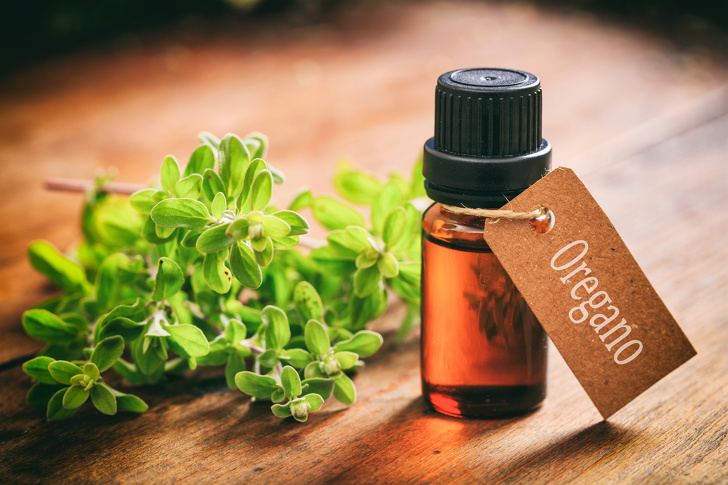
Oregano oil contains potent compounds like carvacrol and thymol, which have been shown to possess strong antifungal and antibacterial properties. This essential oil is a robust natural remedy for various skin infections, including fungal conditions.
How to Safely Use Oregano Oil
Due to its strength, oregano oil should always be diluted with a carrier oil (such as olive or coconut oil) before application. Mix a few drops of oregano oil with a tablespoon of carrier oil, and apply it to the affected area using a cotton ball. Leave it on for about 15 minutes and then rinse off. The antifungal properties of oregano oil are supported by research from NCBI, which highlights its effectiveness against fungal pathogens.
Remember, essential oils are potent and can cause skin irritation if used in high concentrations, so dilution is key.
Garlic: A Natural Antibiotic and Antifungal Powerhouse
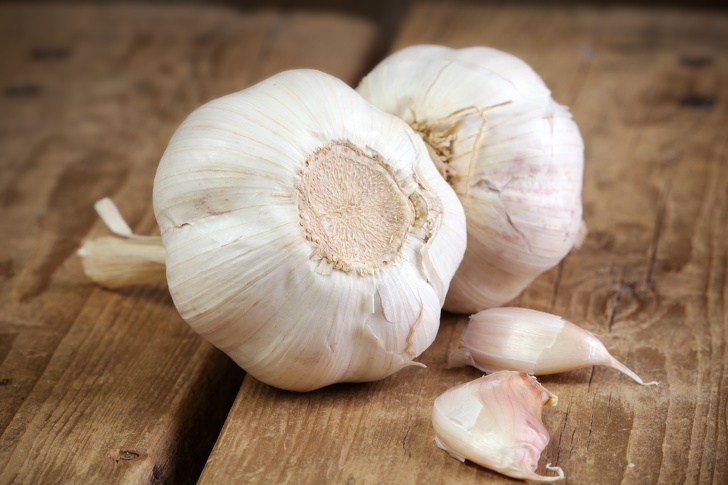
Garlic is widely recognized for its potent antimicrobial properties, including antifungal effects. The active compound allicin, produced when garlic is crushed or chopped, has been shown to combat various fungal infections effectively.
Methods for Using Garlic for Skin Fungus
Crush a few cloves of garlic and mix the paste with a little coconut oil or water to reduce its strong odor and irritation potential. Apply the garlic paste to the infected area for 10 to 15 minutes before rinsing off thoroughly. For a milder alternative, garlic supplements are also available, but always consult with a healthcare professional before taking them for antifungal purposes. WebMD has published several articles on garlic’s medicinal properties, highlighting its role in fighting infections.
Be cautious, as garlic can cause skin irritation or burns in some individuals. Always perform a patch test first.
Tea Tree Oil: The Versatile Essential Oil for Fungal Infections
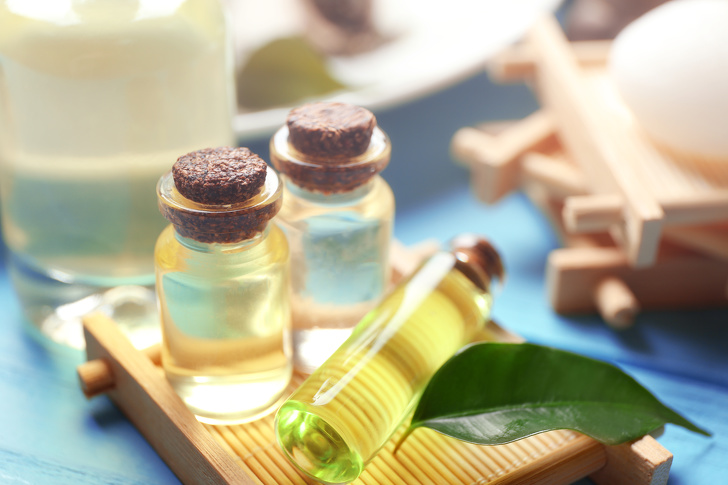
Tea tree oil is one of the most popular natural remedies for skin fungus due to its robust antifungal, antibacterial, and anti-inflammatory properties. Its ability to penetrate the skin and target fungal cells makes it an effective treatment option.
How to Incorporate Tea Tree Oil in Your Skincare Routine
Dilute tea tree oil with a carrier oil (typically a 1:10 ratio) and apply it to the affected area using a clean cotton swab. Allow it to dry before covering the area, if necessary. Studies from Healthline confirm that tea tree oil is effective against a range of fungal infections, including athlete’s foot and nail fungus.
Consistent use of tea tree oil over several weeks can lead to significant improvement. However, if irritation occurs, discontinue use immediately.
Precautions: Ensuring Safe Use of Home Remedies
While these natural remedies can be highly effective, it’s important to use them correctly to avoid adverse effects. Here are some key precautions:
Perform a Patch Test: Before applying any remedy extensively, test a small amount on a less sensitive area of your skin to check for any allergic reactions or irritation.
Dilute Essential Oils: Essential oils such as oregano and tea tree oil should always be diluted with a carrier oil to prevent skin burns or irritation.
Avoid Overuse: Excessive application of any remedy can lead to skin dryness or irritation. Follow recommended usage guidelines.
Consult a Professional: If you have severe or persistent fungal infections, consult a dermatologist or healthcare professional. Home remedies are not a substitute for professional medical advice, especially in cases of chronic or widespread infections.
For further guidance, the American Academy of Dermatology offers comprehensive advice on managing skin conditions safely.
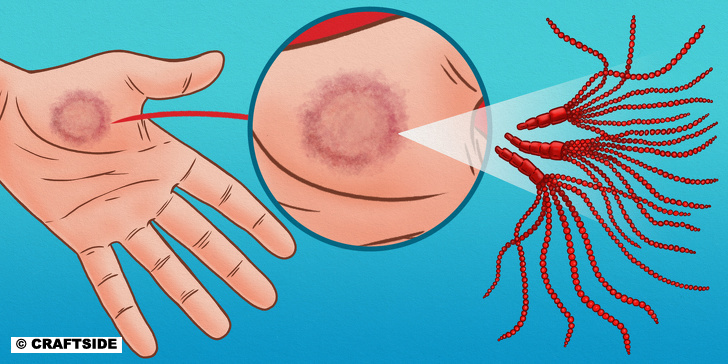
What to Do If You Are Already Infected: Professional Advice and Effective Treatment Options
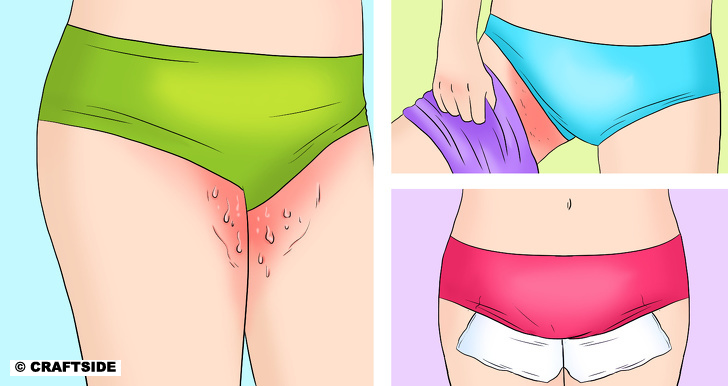
If your fungal infection is advanced or has spread extensively, relying solely on home remedies may not be enough. Here are some steps to take if you suspect you are already infected:
Seek Medical Advice: Consult a dermatologist for a proper diagnosis and treatment plan. They may prescribe antifungal creams, oral medications, or other treatments tailored to your condition.
Combine Home Remedies with Professional Treatment: In many cases, a combination of natural remedies and prescribed medication can accelerate recovery and prevent recurrence.
Maintain Good Hygiene: Keeping the affected area clean and dry is critical in managing fungal infections. Change clothing and bedding regularly, and use antifungal powders if necessary.
Monitor Your Condition: Keep track of your symptoms and note any improvements or worsening. If your condition deteriorates, seek medical help immediately.
For more detailed information, the Mayo Clinic provides reliable resources on fungal infections and treatment strategies.
Conclusion: Embrace Natural Remedies for Effective Skin Fungus Relief
Natural remedies have long been a cornerstone of traditional medicine, and the treatments discussed in this article—turmeric, apple cider vinegar, neem, coconut oil, oregano oil, garlic, and tea tree oil—offer viable options for managing skin fungus naturally. By incorporating these remedies into your skincare routine and following necessary precautions, you can address fungal infections while minimizing the risk of side effects.
It’s important to remember that while home remedies can be effective for mild to moderate infections, severe cases require professional evaluation. Always combine natural treatments with good hygiene practices and consult with healthcare professionals when necessary. With proper care, you can restore your skin’s health and prevent future fungal outbreaks.
Embrace these natural, affordable solutions and join the many who have successfully managed skin fungus with home remedies. By optimizing your treatment plan with proven ingredients and following expert advice, you’re on your way to clearer, healthier skin. Your journey to a fungus-free life starts today with informed choices and consistent care.
Remember to stay updated with credible sources like the American Academy of Dermatology, Healthline, and the Mayo Clinic for the latest insights on skin health and natural treatments.
